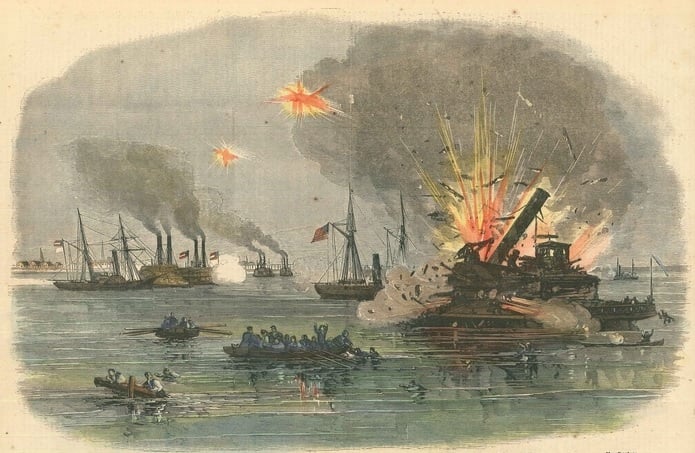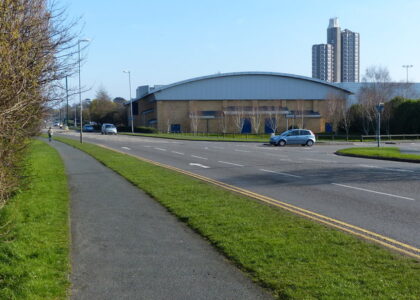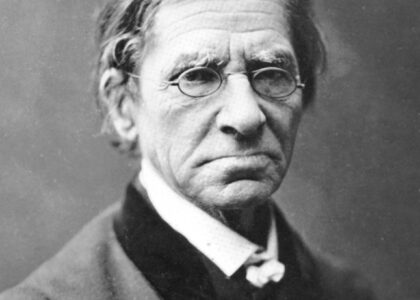Welcome to the site of the 1863 Battle of Galveston, a pivotal location during the American Civil War that witnessed a dramatic and strategic Confederate victory. As you stand here today, imagine the bustling port city of Galveston as it was over 160 years ago, a critical hub for trade and commerce in the South.
The Battle of Galveston unfolded on January 1, 1863, amidst the broader context of the Civil War, where the Confederacy was desperately trying to maintain its hold over key territories. The Union had established a blockade along the Southern coast to choke supply lines and weaken the Confederate war effort. Galveston, being one of Texas’ most important ports, was a prime target for the Union forces.
In the early hours of New Year’s Day, Confederate forces, under the command of Major General John B. Magruder, launched a surprise attack to reclaim Galveston from Union control. Magruder, a resourceful and audacious leader, orchestrated a land and naval assault using two Confederate cotton-clad steamers, the Bayou City and the Neptune. These vessels were reinforced with cotton bales to protect them from enemy fire, hence the nickname ‘cotton-clads’.
The battle was intense and chaotic, with Confederate forces executing a daring charge across a railroad bridge onto the island, while the cotton-clads engaged Union ships in the harbor. By midday, Magruder’s forces had successfully overpowered the Union garrison, capturing the USS Harriet Lane and driving off the rest of the Union fleet. The Confederate victory at Galveston was significant, as it allowed the South to maintain a critical supply line for the remainder of the war.
Galveston’s strategic importance did not diminish after the battle. It continued to be a focal point in the final days of the Civil War. On June 19, 1865, Major General Gordon Granger arrived in Galveston to enforce the Emancipation Proclamation, marking the end of slavery in Texas. This day is now celebrated as Juneteenth, a momentous occasion observed across the United States in recognition of freedom and equality.
Today, the legacy of the Battle of Galveston is remembered not just as a military engagement, but as part of the broader narrative of resilience and change. The site serves as a poignant reminder of the complexities and human stories that shaped the Civil War era. As you explore, reflect on the courage and determination exhibited by those who fought here and how these events continue to influence our understanding of freedom and justice.
As you leave this historic site, consider how Galveston has evolved from a war-torn city to a vibrant community, rich in history and culture. The stories of the past continue to echo through its streets, inviting us to learn, reflect, and engage with our shared heritage.






